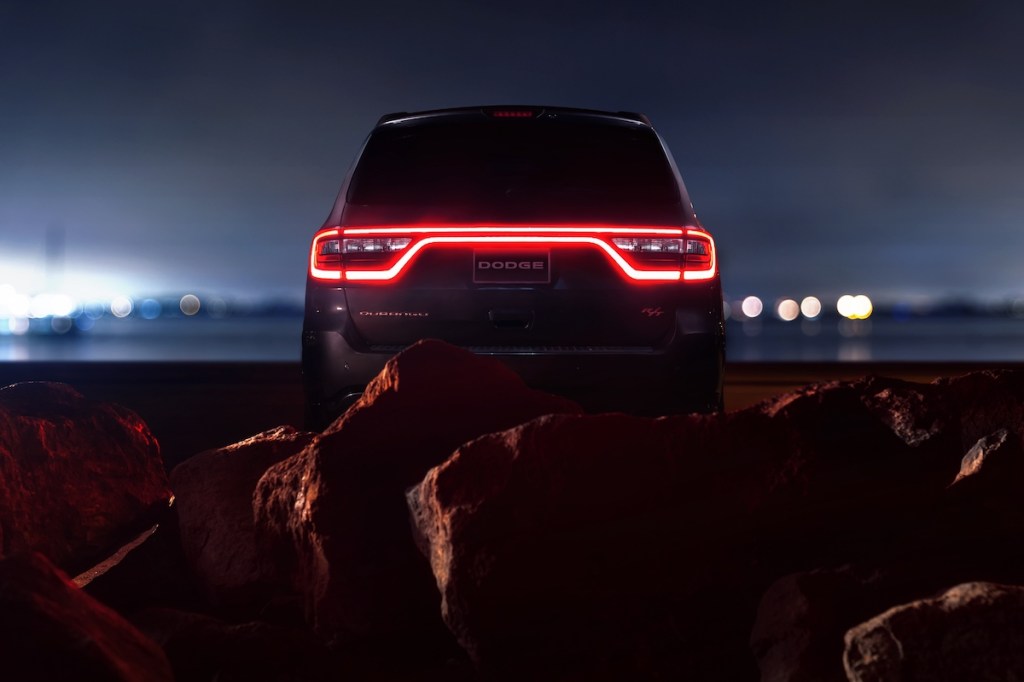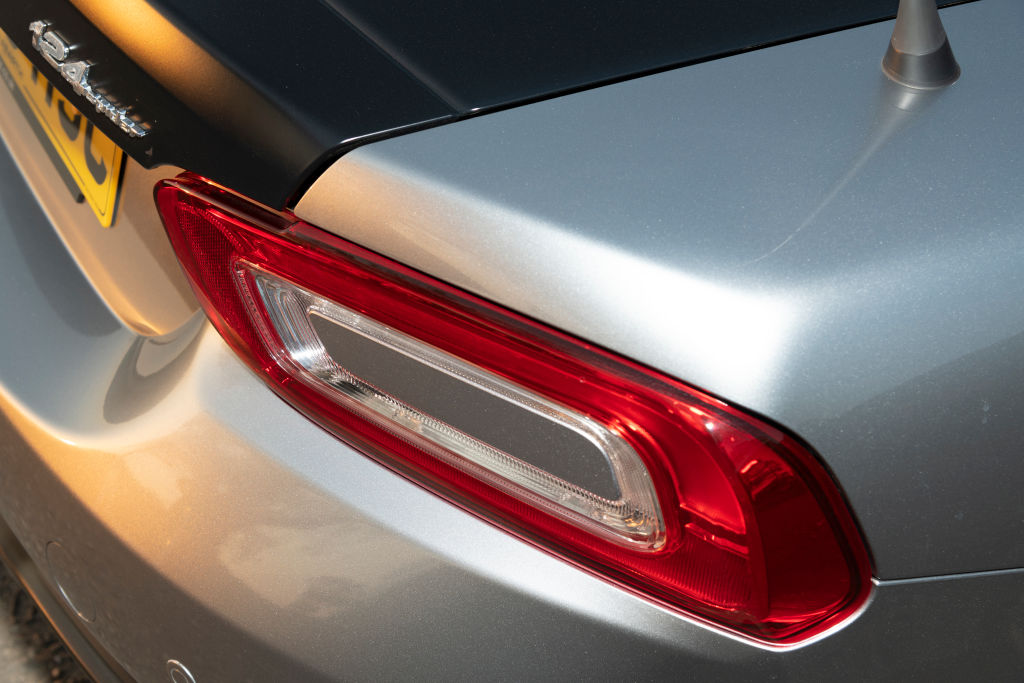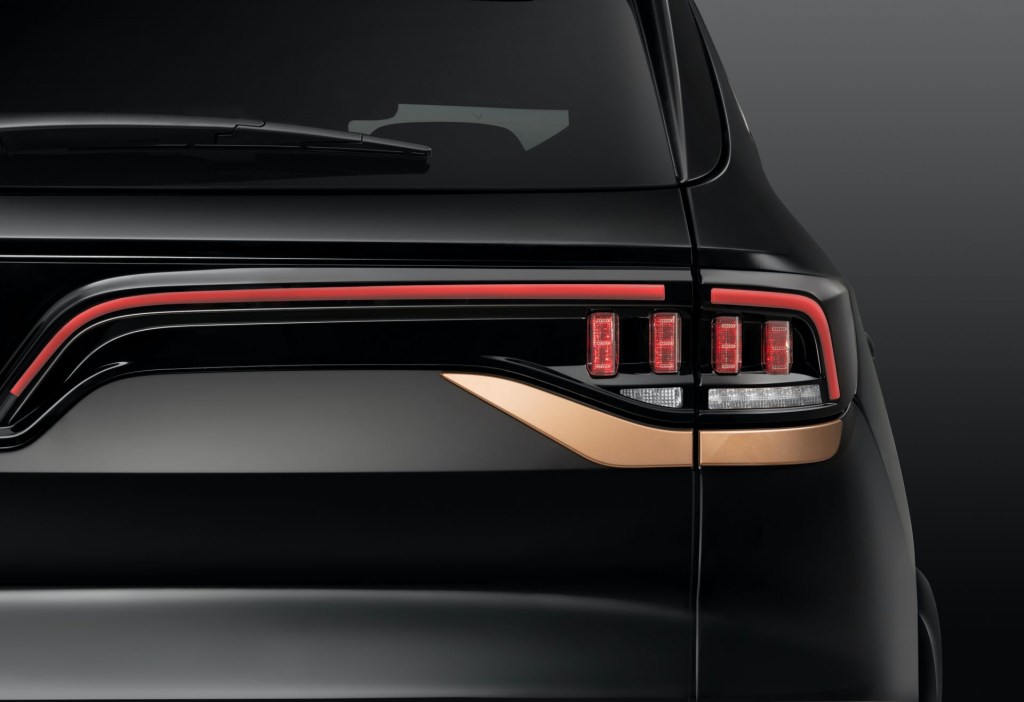
Car Safety Will Improve After This One Little Change
After all of these decades, the hazard warning lights have never changed. And the need for them has not gone away, either. It has become even more important as driving slowly gets back to normal after pandemic shutdowns are being lifted. But now there could be a change to hazard lights since the first ones became a thing back in 1951. Car safety will improve after this one little change is made.
The rate at which lights flash make a stranded car vulnerable to being hit

A company called Emergency Safety Systems says that the rate at which the lights flash make a stranded car vulnerable to being hit. It wants to see hazard lights flash faster to better get the attention of passing motorists. With LED technology, things don’t have to remain the same. It makes it much easier to make changes.
“When you flash a red or amber light faster than 4 Hz, or four times per second, human beings pick that up in our peripheral vision,” Stephen Powers, co-founder of ESS, told C & D. “We can’t help but notice it. It’s an instinct.”
Being alerted to an immobile vehicle earlier can make a big difference

ESS says that being alerted to an immobile vehicle just a bit earlier can make a big difference. But as safety conscious as many companies are the rate that the flasher operates at hasn’t changed at all. The ESS Hazard Enhanced Lighting Package could be integrated into cars cheaply and relatively easily.
To that end, the National Highway Traffic Safety Administration is looking to adopt the ESS technology into new cars. “It’s not a request that is sitting somewhere on the bottom of a stack and they just haven’t gotten to it yet,” says Powers. “They are actively working on it now. Could it be done by the end of this year, in terms of our U.S. regulatory work? Yes, that’s very possible.”
The flashers could be automatically engaged in the event of an accident

The higher flashing rate could be activated by a second detent of the hazard button. It could also be automatically engaged in the event of an accident. These would both be simple additions to a car’s electrical and computer system.
One other change that could help as well as mandating all turn and hazard lights be amber. Yeah, we know orange doesn’t always go well with certain color cars, but really? Amber lights are seen better than red. The taillights should still be red but switching to amber for the rest would make them more visible.



